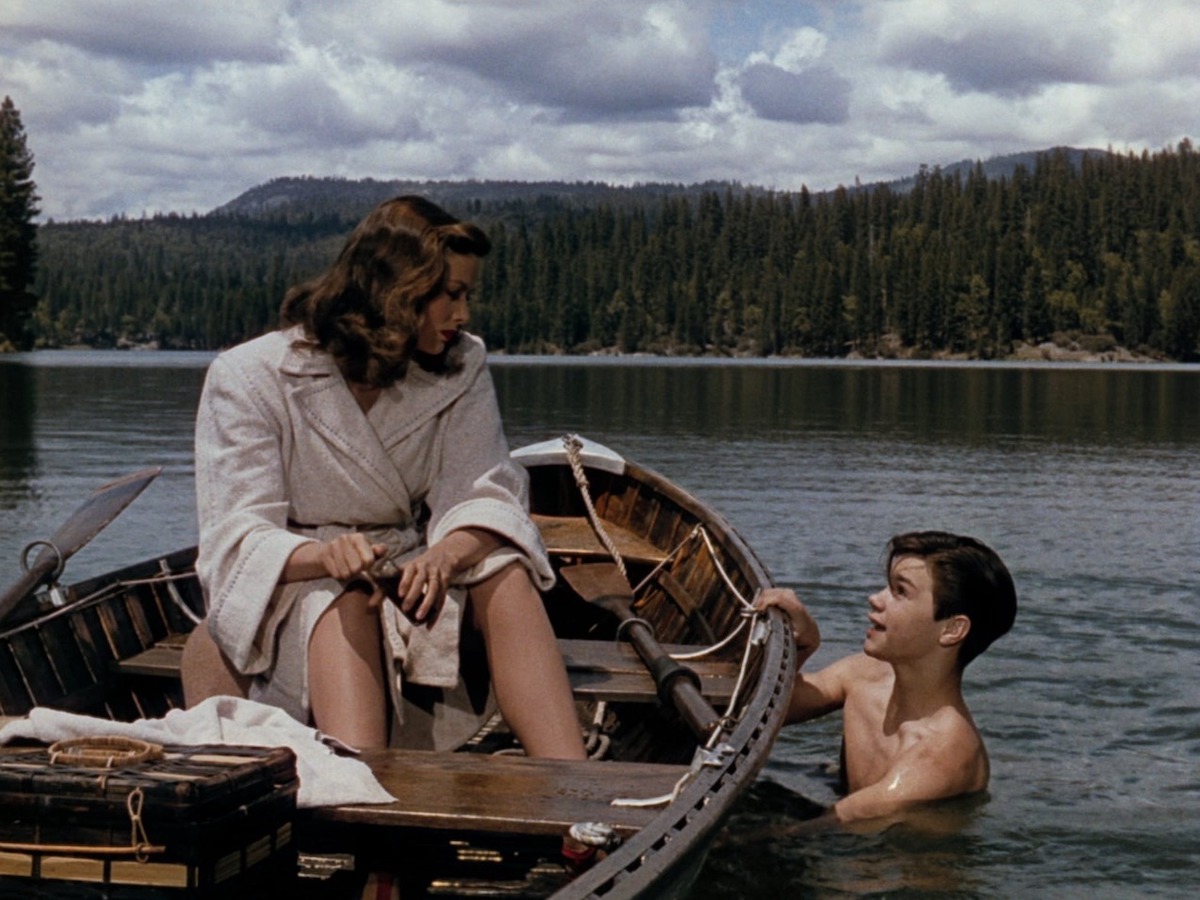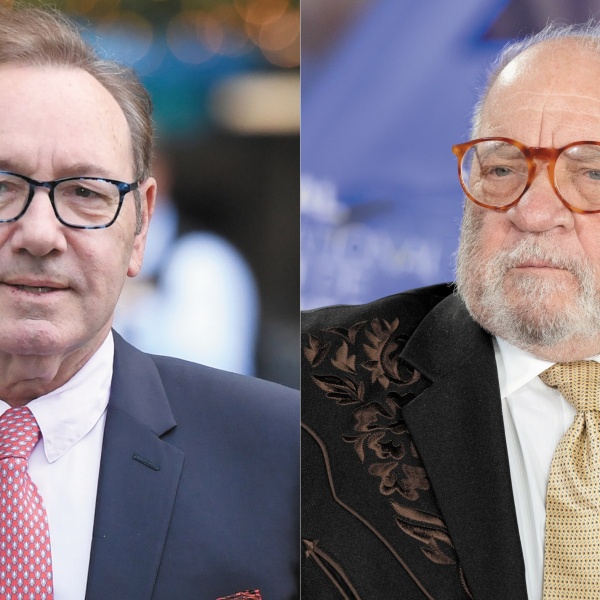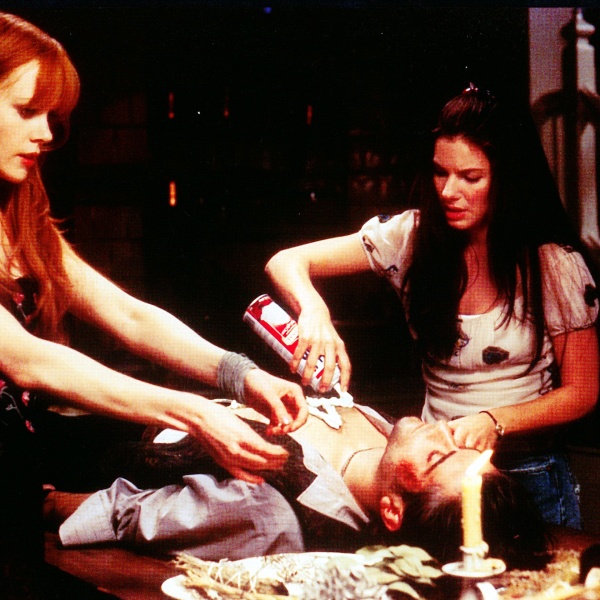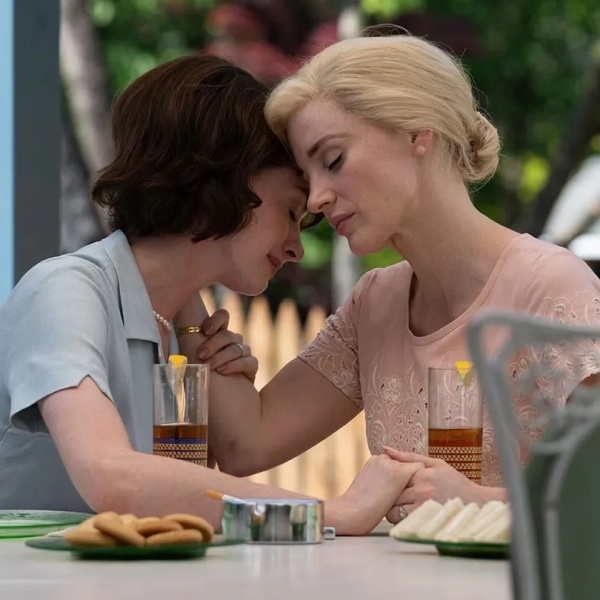When Bernard Hill died recently, I wrote about the unique feeling accompanying the real-life death of an actor when that actor has been especially associated with a dramatic death scene onscreen. That feeling is only magnified when it’s been a very long time since the actor performed the demise in question. Juanita Moore, with her character’s funeral in 1959’s “Imitation of Life” being the grandest of any in the movies, only dying in real life in 2013 is an example.
One of the most extreme of these has just occurred, a death that also represents the severing of another critical link to Old Hollywood. Darryl Hickman died this past Wednesday, May 22, at the age of 92. He was a child actor in “The Prisoner of Zenda” and John Ford’s “The Grapes of Wrath” who, upon exiting his teenage years, decided he wanted to become a monk. He entered a Passionist monastery in 1951, but returned to Hollywood a few weeks later. He’d continue acting in the years ahead, meeting his first wife Pamela Lincoln while acting together on William Castle’s iconic horror movie “The Tingler.” Later in life, he’d become an executive at CBS, and even had a bit part in Sidney Lumet’s “Network.”
Hickman’s last credit was in 1986, but he continued to give interviews throughout the years, including at the 2016 TCM Classic Film Festival, where he said on the red carpet that his favorite film he acted in was in fact “The Grapes of Wrath,” where he played Henry Fonda’s baby brother. He told Behind the Lens Online that Fonda wrote in his autograph book, “‘For Darryl, proud I am to be your big brother, Hank Fonda’ — I’ve kept it all my life.”
The thing is, even as a kid, Hickman (whose younger brother Dwayne Hickman would star in the TV series “The Many Loves of Dobie Gillis”) had range. One of his more moving portrayals is as a kid with a learning disability in 1943’s “The Human Comedy,” who wants terribly to learn how to read but can’t — his character, Lionel, takes another kid with him into the town library just to look at the books and marvel at their many sizes and colors even though he can’t actually read them.
Noir fans, though, will especially remember Hickman from John M. Stahl’s extraordinary Technicolor noir “Leave Her to Heaven” (1945). In that slow-simmering domestic thriller, Hickman, just 13 at the time, delivered one of the most memorable death scenes in all of cinema. A beautiful but deranged young woman (Gene Tierney) has just married his character Danny’s older brother (Cornel Wilde).
Tierney’s character wants her new husband all to herself, and is willing to murder to make that happen. So she takes Danny out swimming on a lake — he’s had difficulty walking ever since he had polio, so swimming is the form of exercise he prefers. Tierney’s character sits back in a rowboat while goading Danny to keep swimming just a little bit more. Eventually, exhaustion overcomes him and he sinks beneath the surface. It’s the quietest murder scene imaginable: Tierney, staring at the water where he just was, takes off her sunglasses but otherwise doesn’t move a muscle. She lets him drown.
If you see this scene once, you’ll never forget it. It couldn’t be a more beautiful day out on the lake (California’s Bass Lake, all evergreen trees and crisp air), the sun is shining, the surface of the water is like glass. All is peaceful and quiet and picturesque. And the darkest murder is afoot.
The magical thing is that that poor murdered child would really live another 79 years, until this past week. He had a long, rich life until his death in Montecito, California May 22, wrote books about acting, and even took up painting in his last years.
But that’s the power of movies, of these images that tell lies 24 frames a second, that most noir fans will always associate Darryl Hickman with his onscreen drowning in 1945. Thank goodness that wasn’t real. And thank goodness we still have “Leave Her to Heaven,” and the other movies where Hickman left such an indelible mark, that we can always return to forever.




